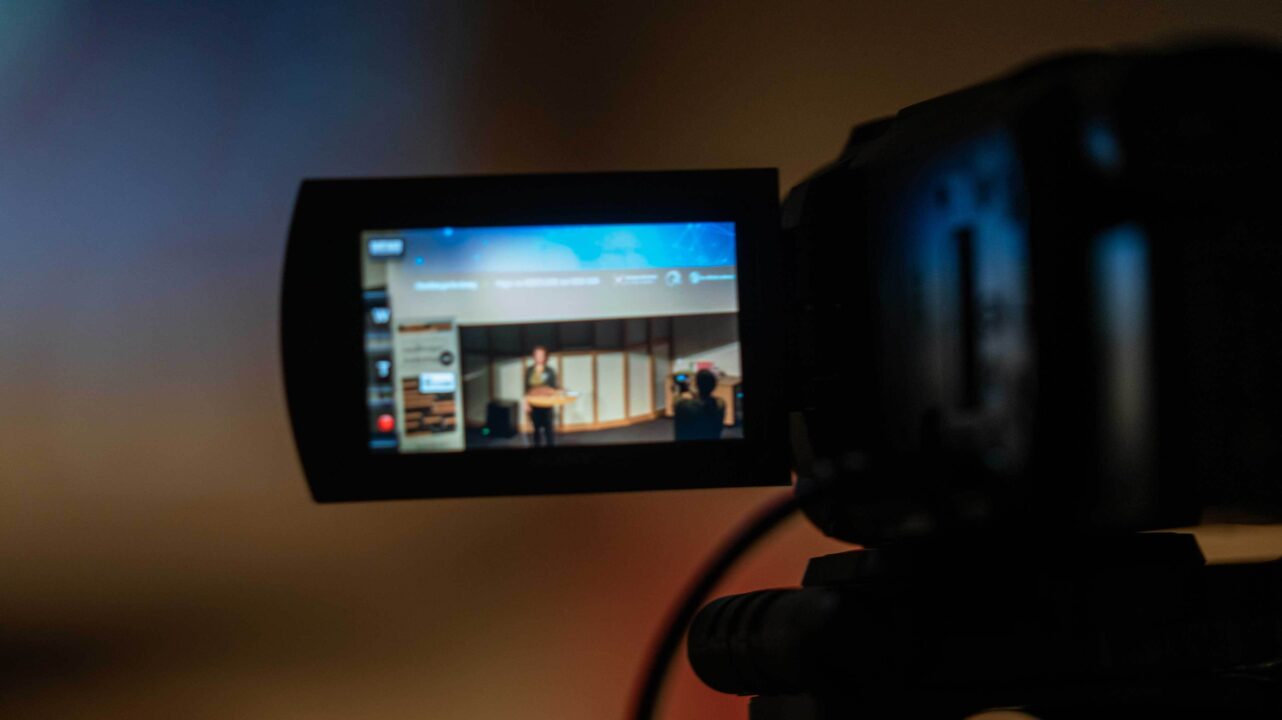Press release 11 April 2014
Spring is now here and it arrives earlier each year. A warmer climate means an earlier spring and a later autumn. But how is the delayed onset of autumn affecting the Swedish ecosystem? A mass experiment involving over 10,000 pupils across Sweden is helping scientists to study the effect of climate change on deciduous trees in autumn.
Summer may be over too quickly for many of us, but the fact is that it is actually getting longer and longer. In Europe, trees are coming into leaf in the spring around 6 days earlier than in the 1960s and the start of autumn is being delayed by about 5 days. But how is a late autumn affecting the Swedish ecosystem? In a mass experiment, organised as part of the European science festival Researchers’ Night, more than 10,000 pupils documented the changes to the leaves of deciduous trees during autumn 2013. In total the pupils studied over 2,000 trees in 378 locations around the country.
“As scientists, we would never have been able to carry this out this scale of experiment on our own,” said Kjell Bolmgren, a plant ecologist at the Swedish University of Agricultural Sciences and one of the researchers who designed the experiment.
The researchers’ analysis of the students’ observations shows that there is a large variation in when leaves start turning colour in autumn between different tree species and regions. Leaves started turning from the beginning of August-September right through to late October.
“Because of this wide variation, we are interested in finding out which of the trees’ strategies will be of most benefit to them as the climate continues to change,” said Kjell Bolmgren.
The lack of research knowledge about how plants and animals are affected by the impact of climate change on autumn is partly because it is difficult for researchers to observe large geographic areas in their experiments.
“The data collected during the ‘Autumn Experiment’ will greatly help us to better understand and predict how autumn is being affected,” said Kjell Bolmgren.
The ‘Autumn Experiment’ is a collaborative project between the Swedish organisation Vetenskap & Allmänhet (VA) (Public & Science), the Swedish University of Agricultural Sciences, Lund University and Umeå University. The mass experiment is organised as a part of Researchers’ Night, a science festival that takes place across the whole of Europe on the last Friday in September each year.
The aim of Researchers’ Night is to show that scientists are ordinary people with extraordinary jobs and that research affects us all in our daily lives. Through participation in the ‘Autumn Experiment’, schools had an opportunity to get involved in ”real” research and teachers and pupils had direct contact with the researchers via Instagram, Twitter and Facebook.
A summary of the results of the Autumn Experiment is available in English at https://vetenskapallmanhet.se/2014/04/autumn-experiment/
For more information and press images, please visit www.forskarfredag.se or contact:
Lotta Tomasson, Vetenskap & Allmänhet (Public & Science), Project Manager of Researchers’ Night in Sweden, +46 70-728 97 20, lotta @ v-a.se
Kjell Bolmgren, researcher at the Swedish University of Agricultural Sciences, +46 730-67 03 65, kjell.bolmgren @ slu.se
Vetenskap & Allmänhet, VA (Public & Science) promotes dialogue and openness between researchers and the public − especially young people. The organisation works to create new forms of dialogue about research. VA is also developing new knowledge on the relationship between research and society through surveys and studies. Its members consist of some 80 organisations, authorities, companies and associations. In addition, it has a number of individual members. For more information visit www.v-a.se/in-english


Kommentarer om “10,000 pupils assist Swedish scientists with climate research”